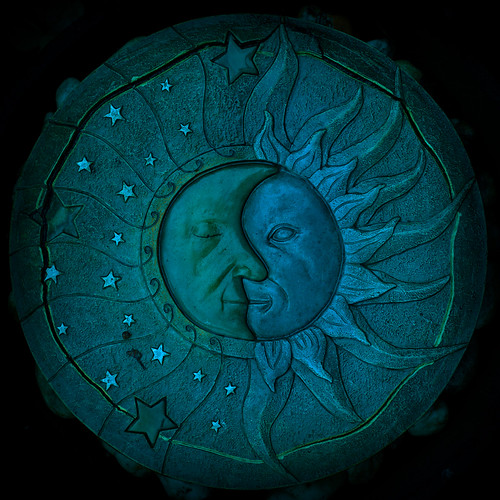Musings from Students of the Pardes Institute of Jewish Studies in Jerusalem
Posted on October 25, 2011 by Barer
[Sorry for the delay; cross-posted from my blog]

With the conclusion of Simchat Torah we are embarking upon reading the Torah from the beginning once again. For my own study, I have moved ahead (or behind, depending on who you ask) two generations to study the commentary of the Rashbam on the Torah. The Rashbam was one of Rashi’s grandsons, and, along with completing Rashi’s commentary to certain segments of the Talmud, also wrote his own very different commentary on the Torah. His commentary is renowned for its focus on the pshat – the simple explanation of the text, as opposed to his grandfather who focused a lot on midrashic interpretations. This is evident especially from the first chapter of the Torah: where most commentaries spill much ink over their understanding of what the creation stories recounted in the text mean, the Rashbam is, on the whole, quite concise. One comment of note is what he says about one of the many ambiguous phrases in the opening verses: “And Hashem called the light ‘day’ and the darkness he called ‘night’ and it was evening and it was morning [on] the first day” (1:5, translation mine). This is traditionally the source for why Jewish holidays (all days, really) begin on the previous night. The Rashbam, however, states that clearly when, in the previous verse, Hashem “distinguishes between the light and the darkness” (1:4), it means that the world was created starting during the day, through Hashem’s saying “let there be light” (1:3). If so, did the Rahsbam think that the universally accepted tradition of starting a Jewish day the night before did not have a textual backing, or did he find that backing elsewhere?
Day and Night, Night and
Day; distinguish the order
When the world was made